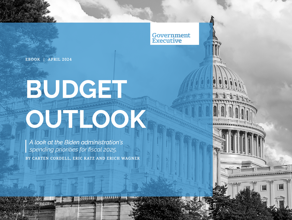![]()
n most people's minds, the Chesapeake and Ohio Canal was little but an abandoned ditch and pathway running west from Washington, D.C., until Supreme Court William O. Douglas began his campaign to promote it as a recreational resource. Douglas led many public walks along the canal towpath as he built a constituency for making the 184.5-mile historic transportation route a national park.
That kind of citizen involvement with the canal lives on. It's evident now in response to the National Park Service's effort to restore the canal from the ravages of this winter's floods. Money to rebuild the canal, amounting to cost an estimated $22 million, was not in the budget, so Interior Secretary Bruce Babbitt kicked off a volunteer repair and fund-raising effort in February with a rally along the canal at Great Falls, Md. Babbitt followed that up with a 60-mile hike from Harper's Ferry, Va., to Georgetown and another rally in April.
Babbitt's activities begat other efforts, including a March for Parks in which participants were encouraged to solicit donations. Interior and the Potomac Conservancy organized volunteer groups to help clear debris from the park and to spread rock and gravel on the towpath. So many volunteers were signing up that by April there was a waiting list.
As of April, about $500,000 had been raised from private donations, and the District of Columbia and Maryland governments had given nearly $1 million to supplement a $2 million emergency appropriation from Congress.
NEXT STORY: Reconsidering Downsizing


